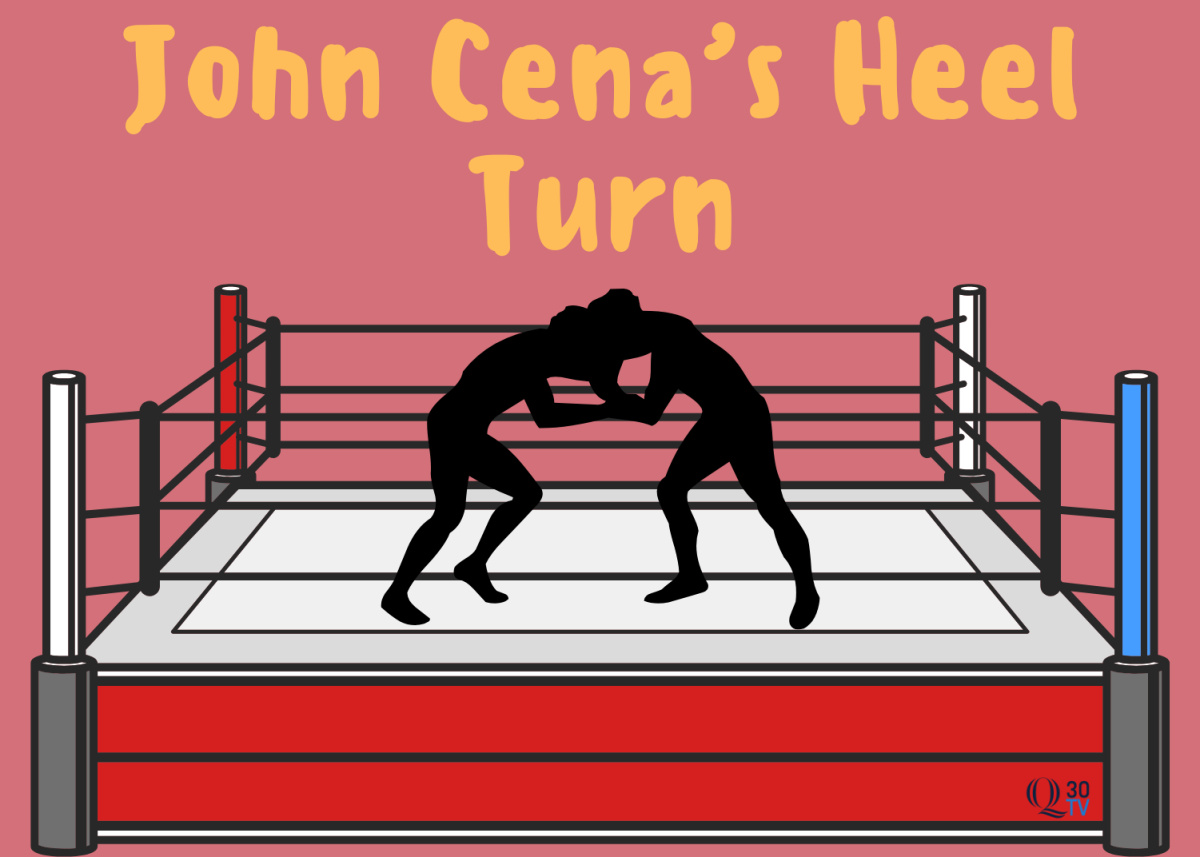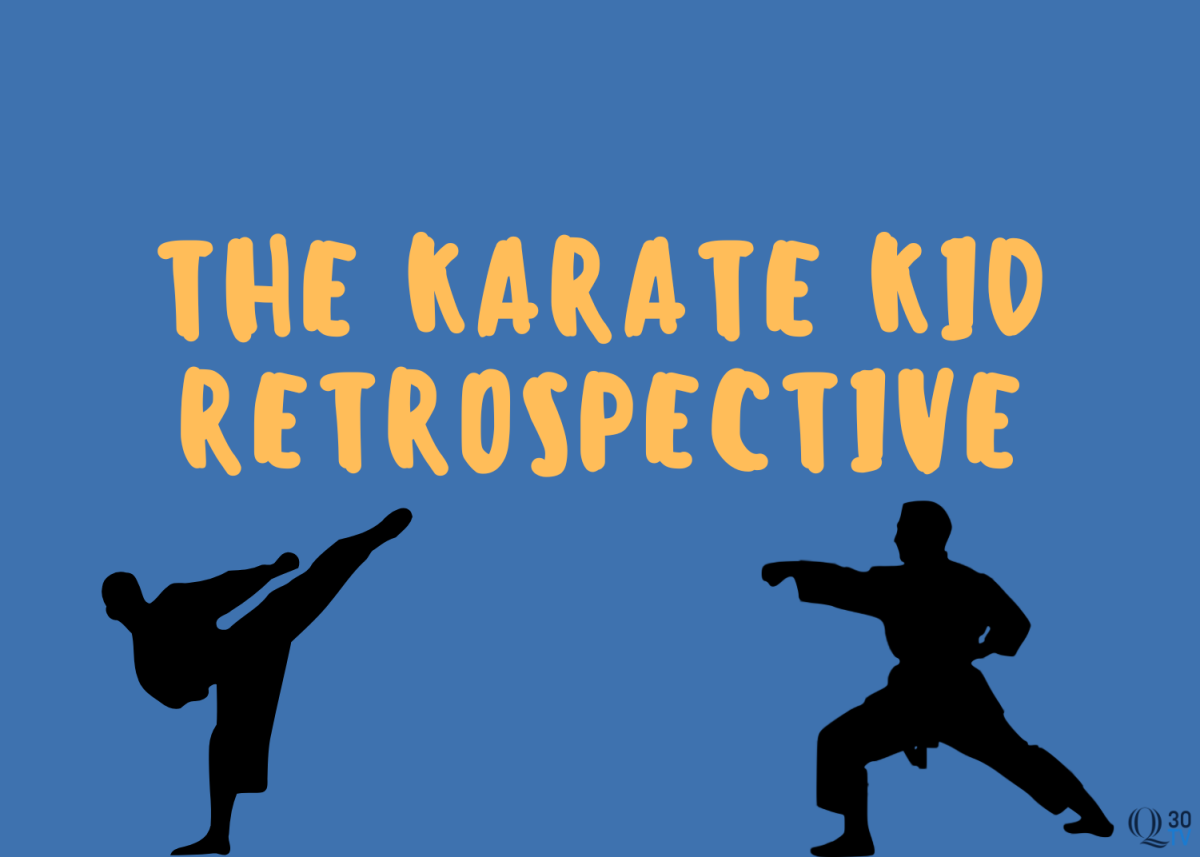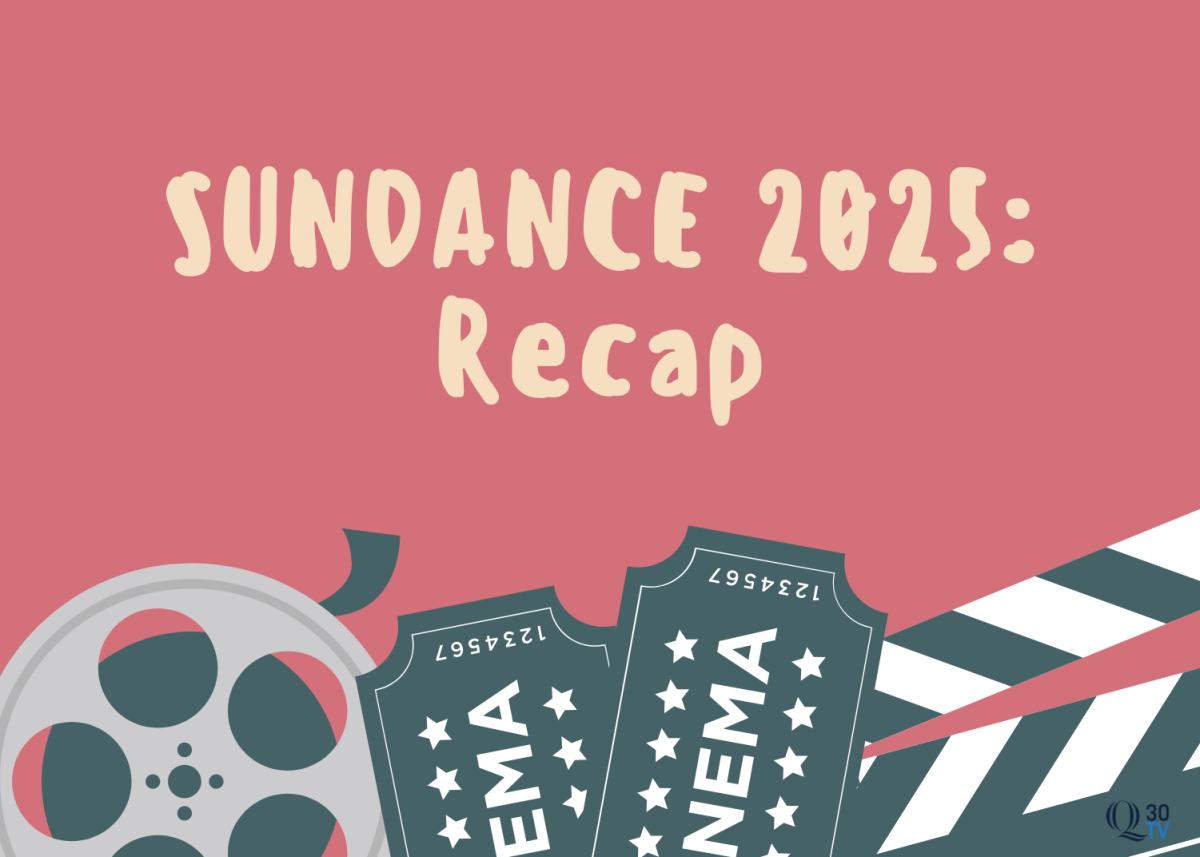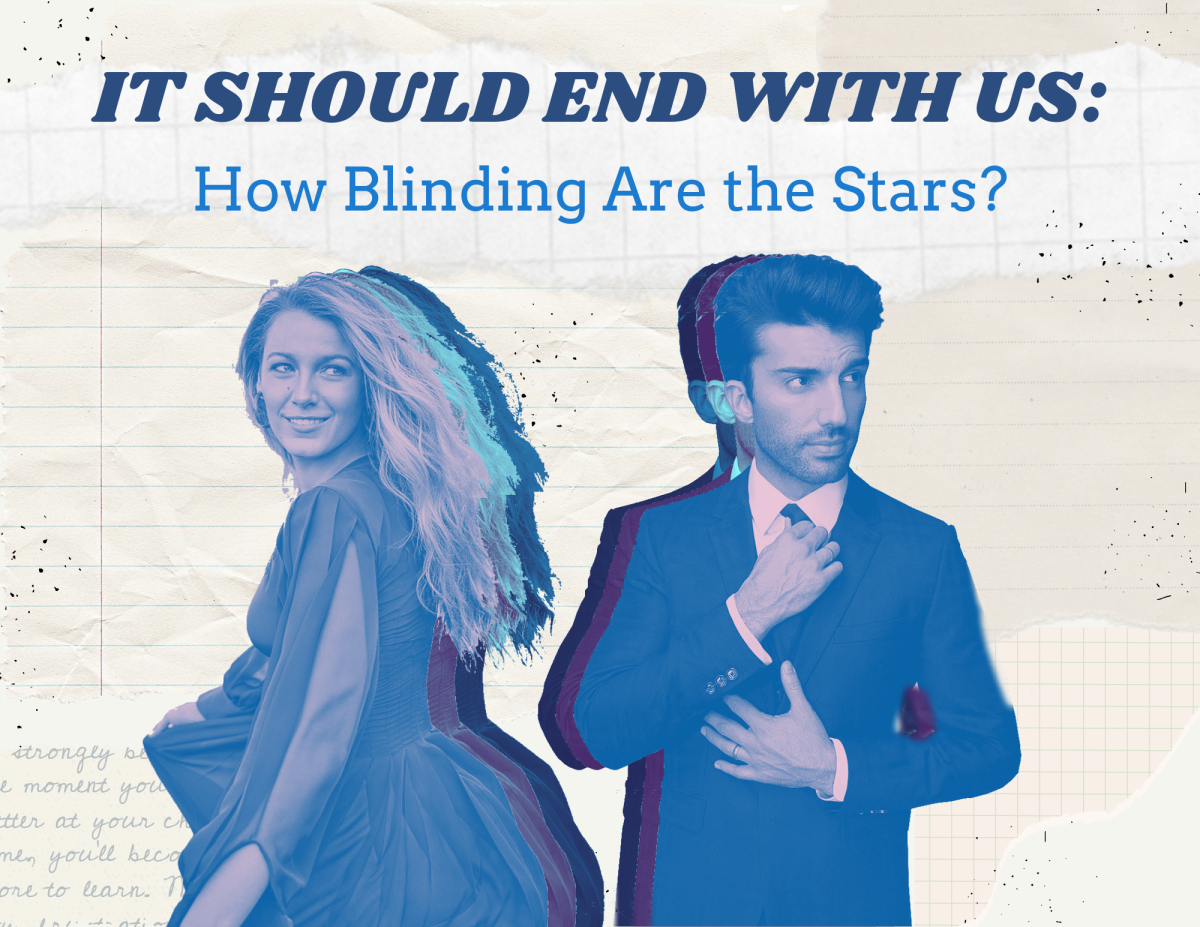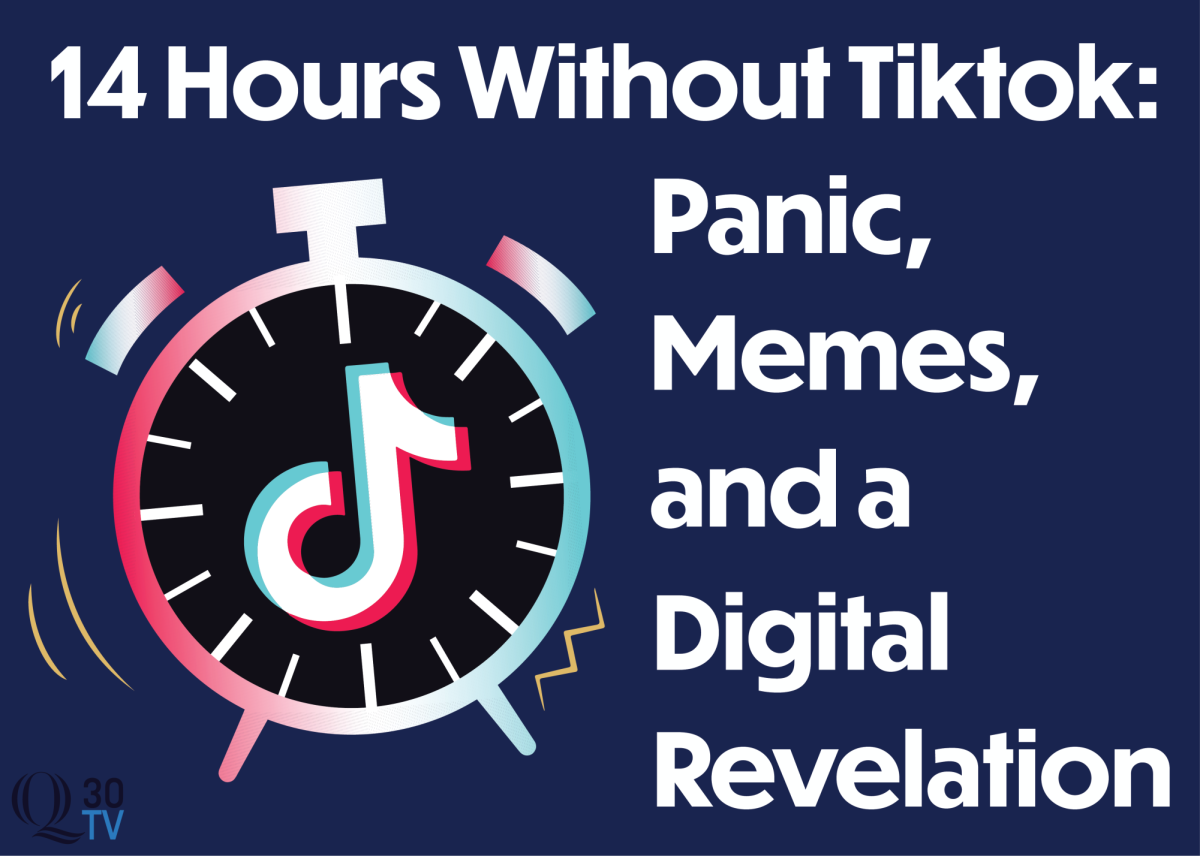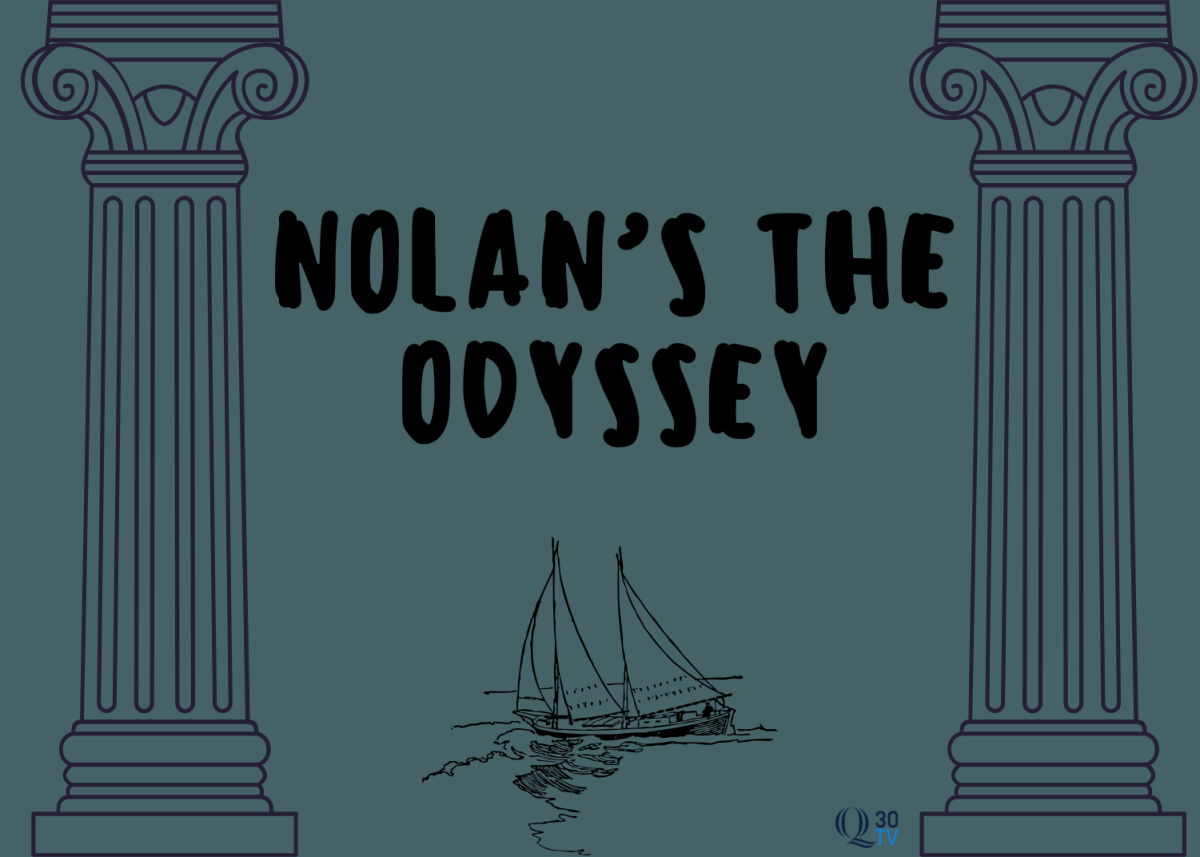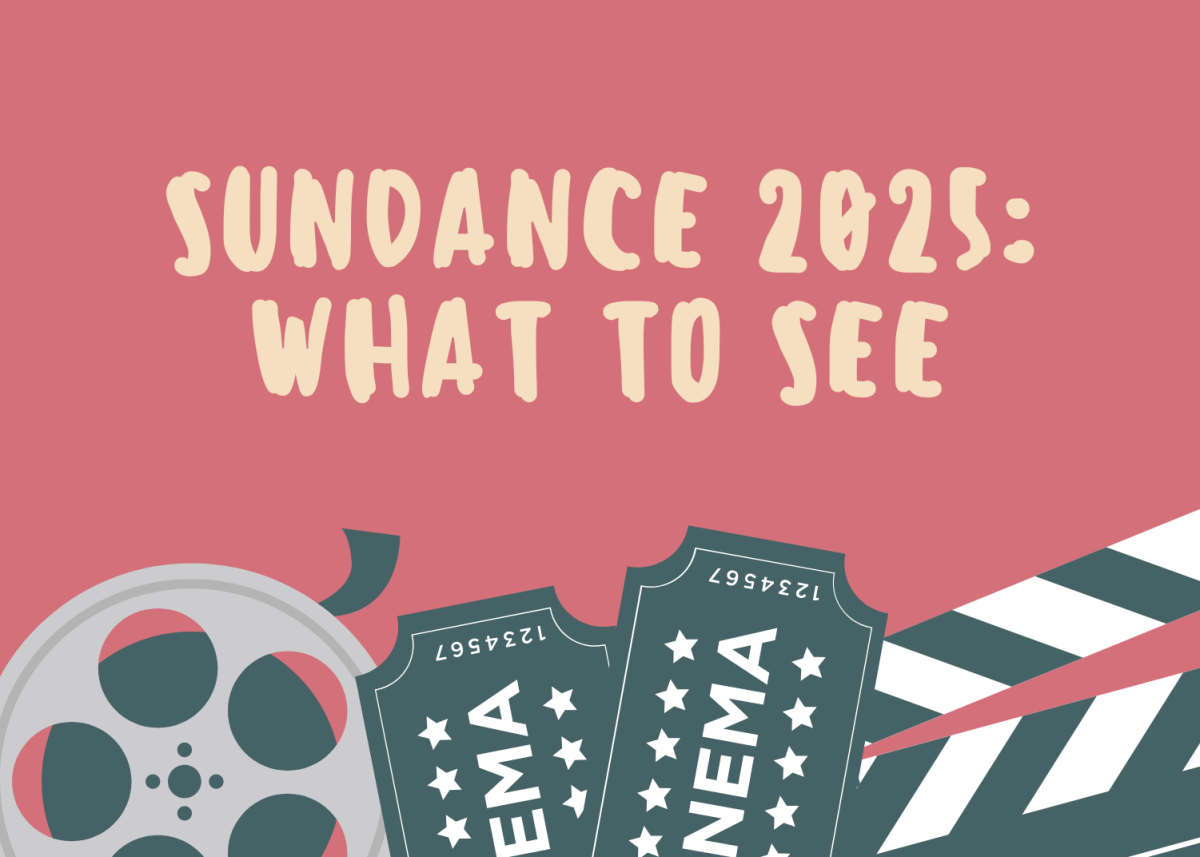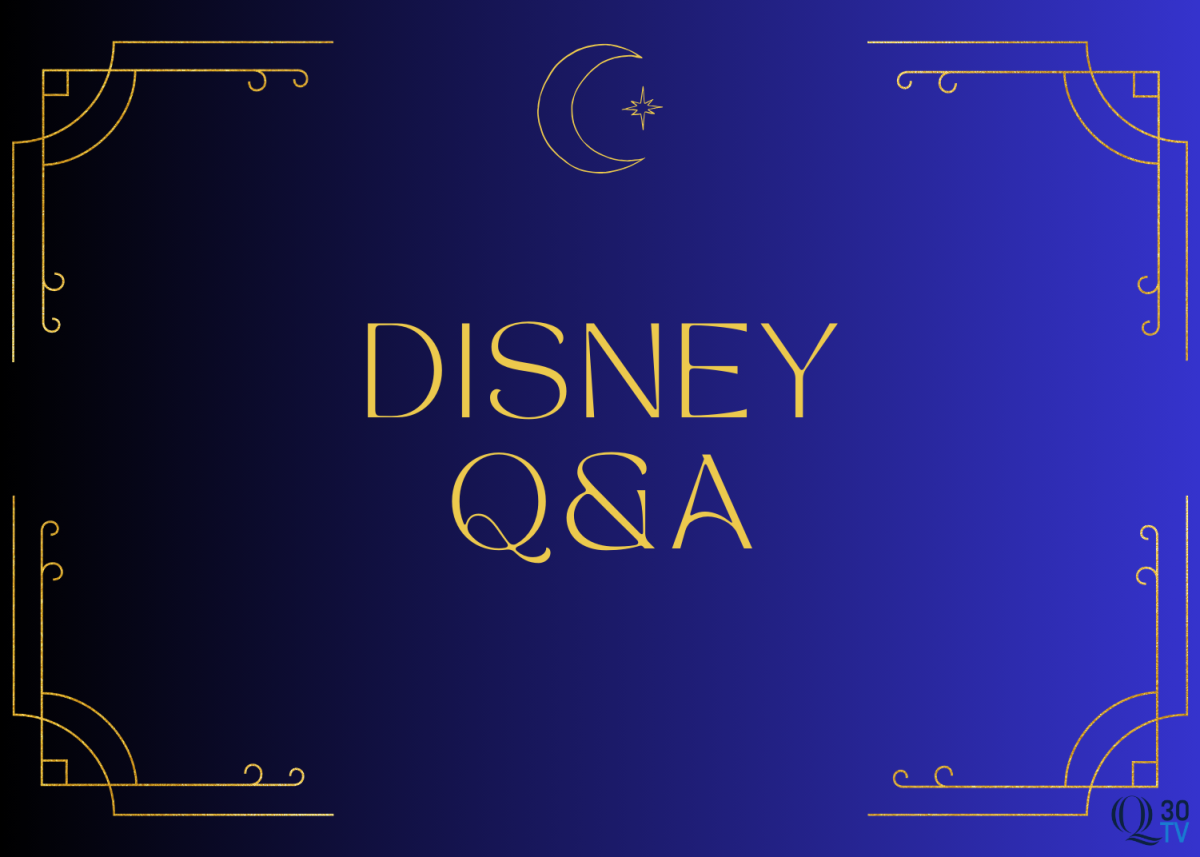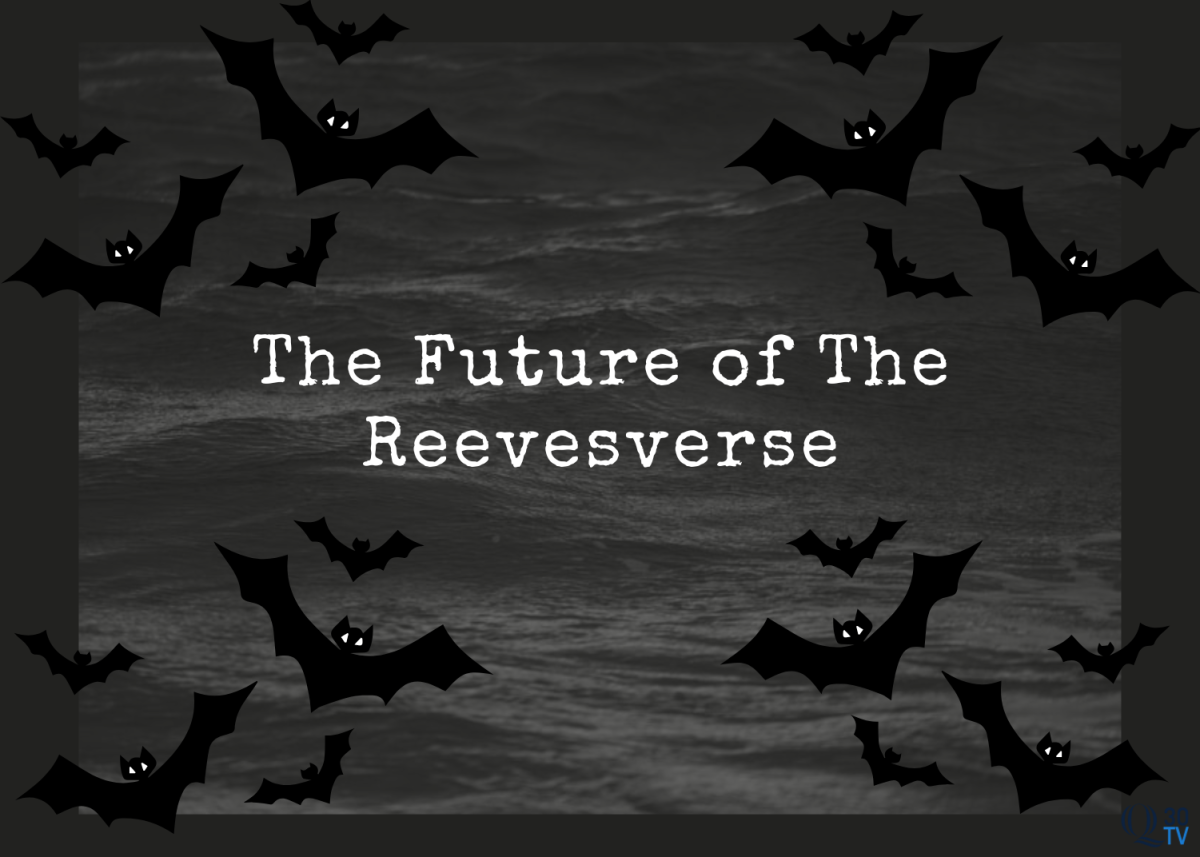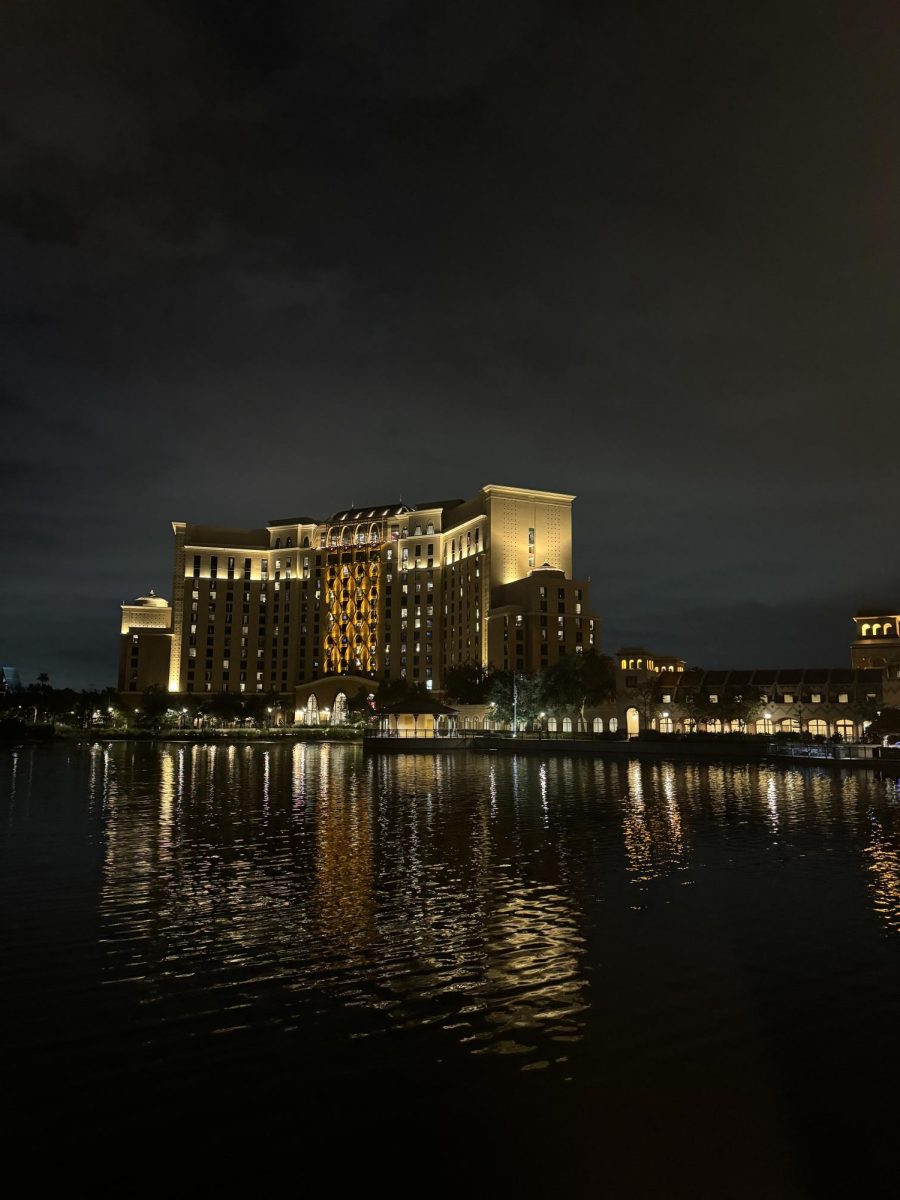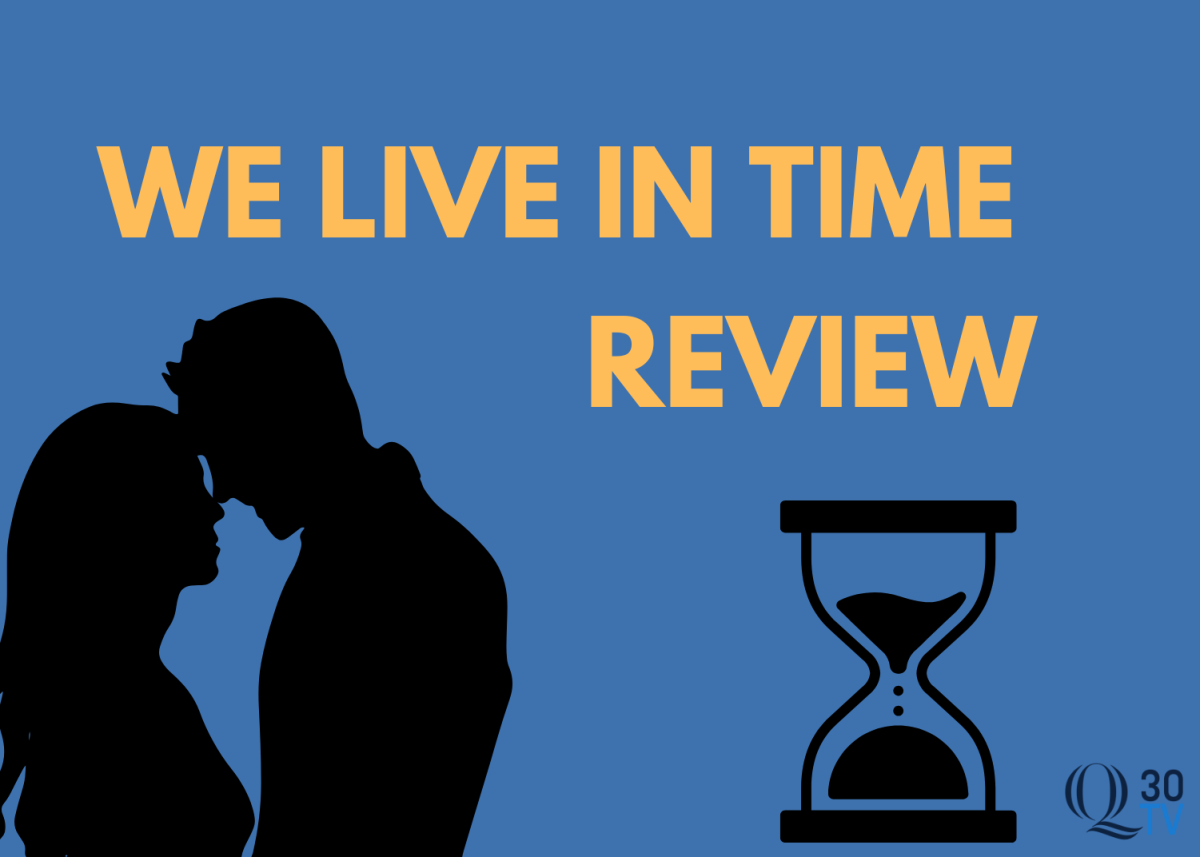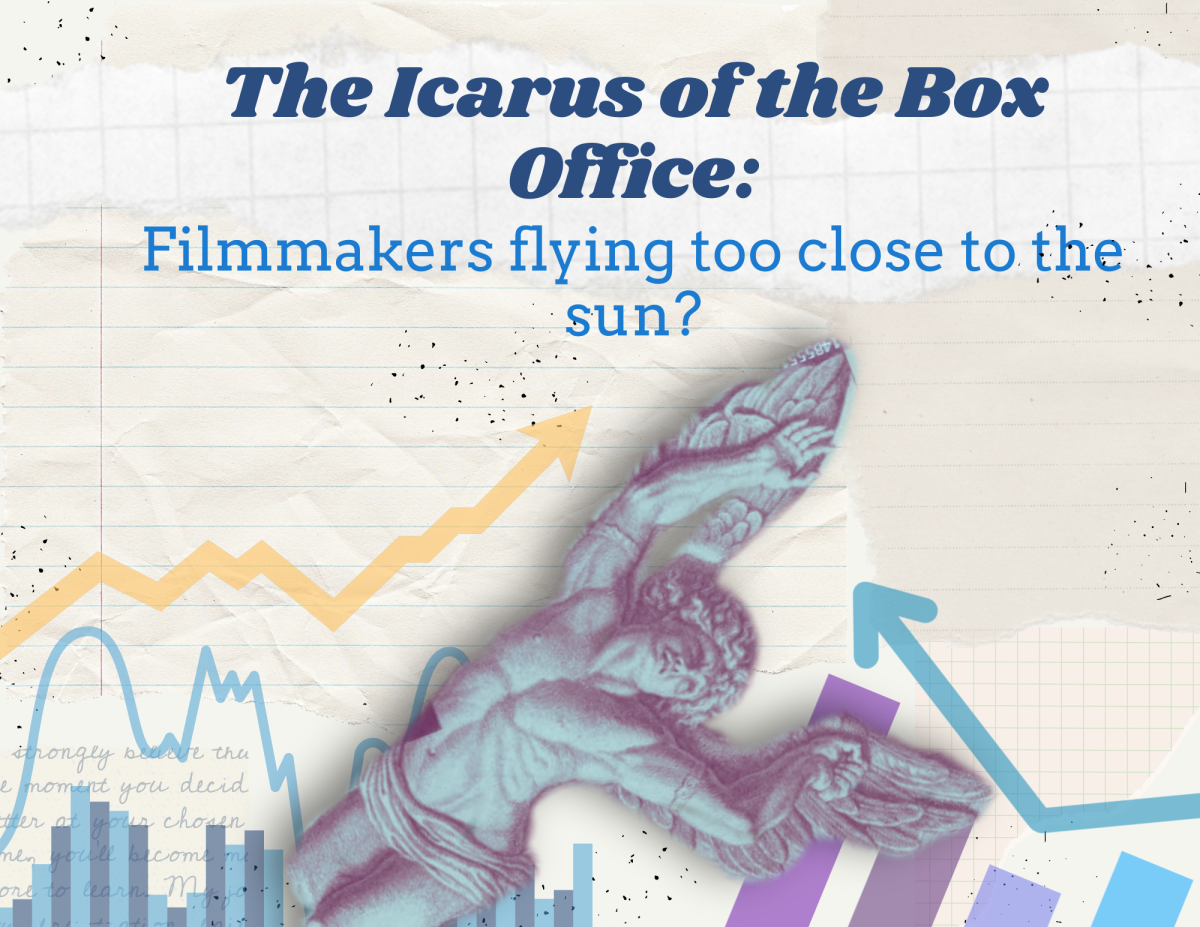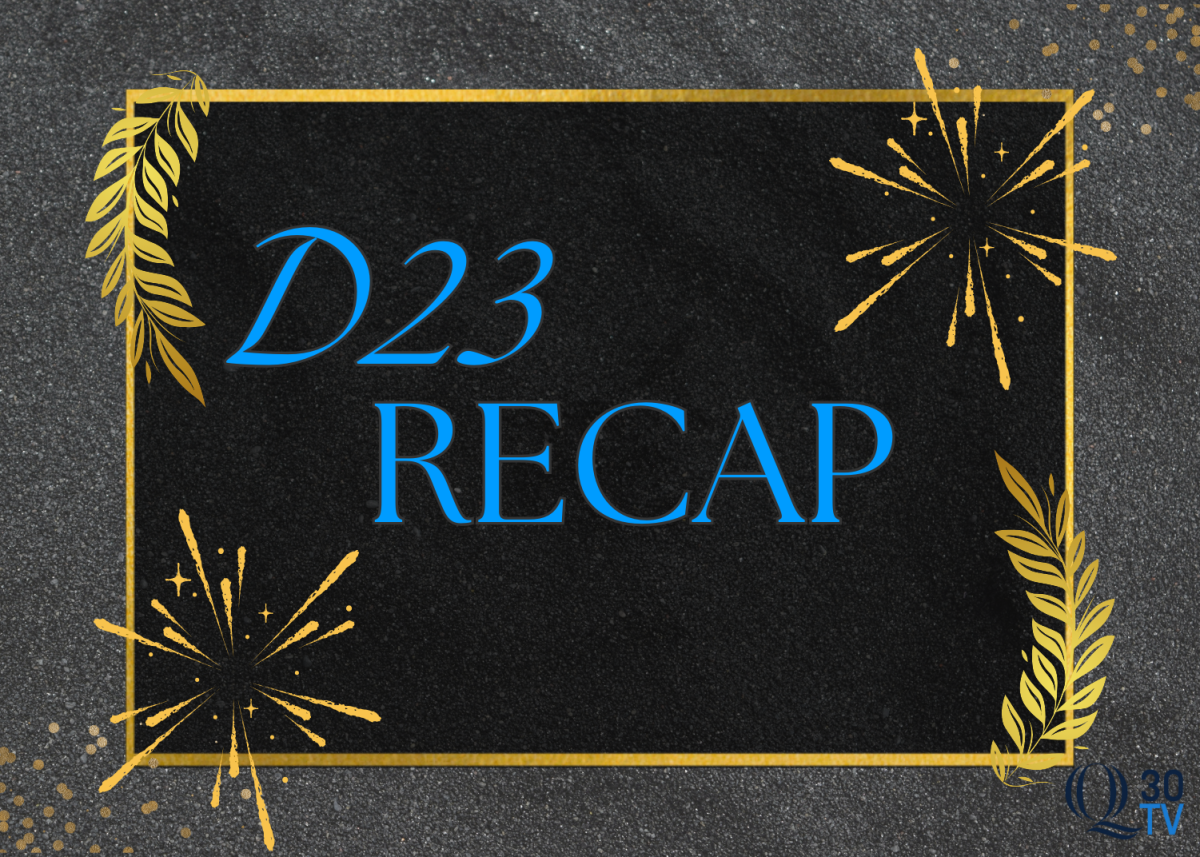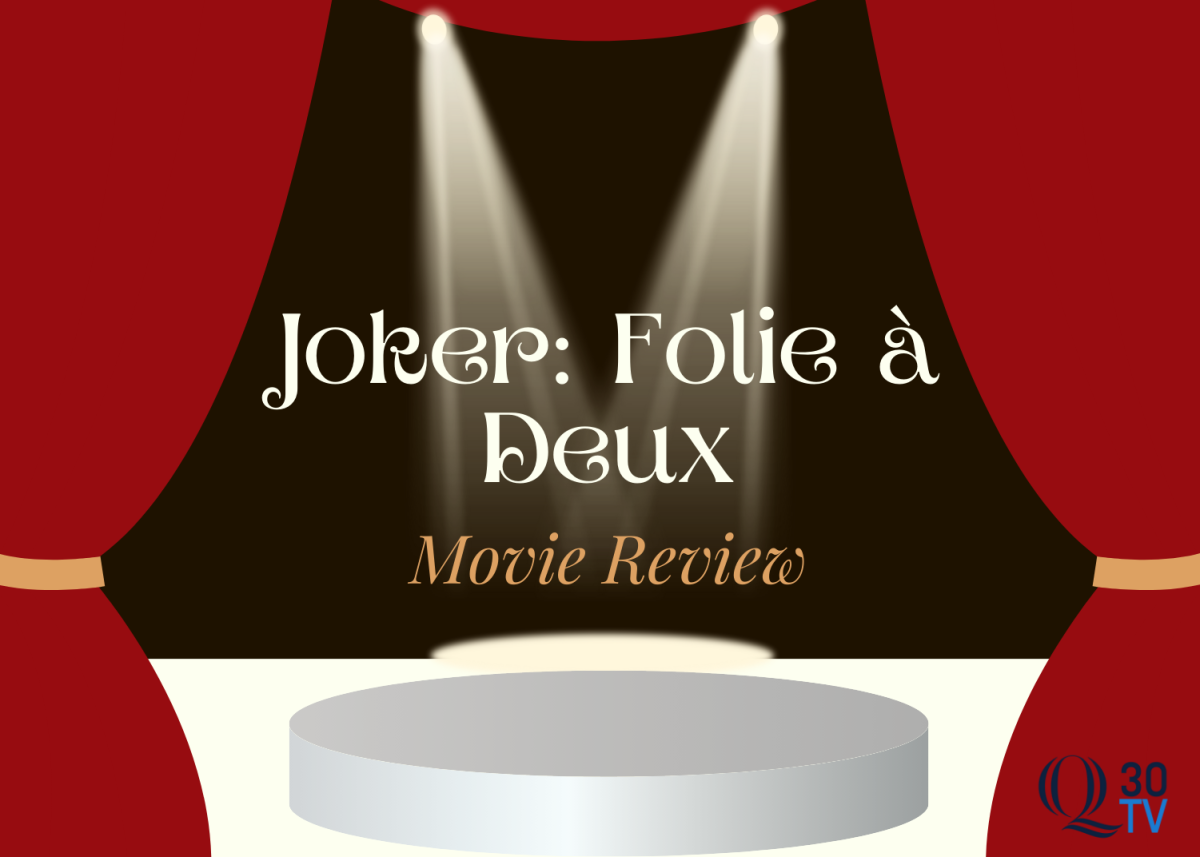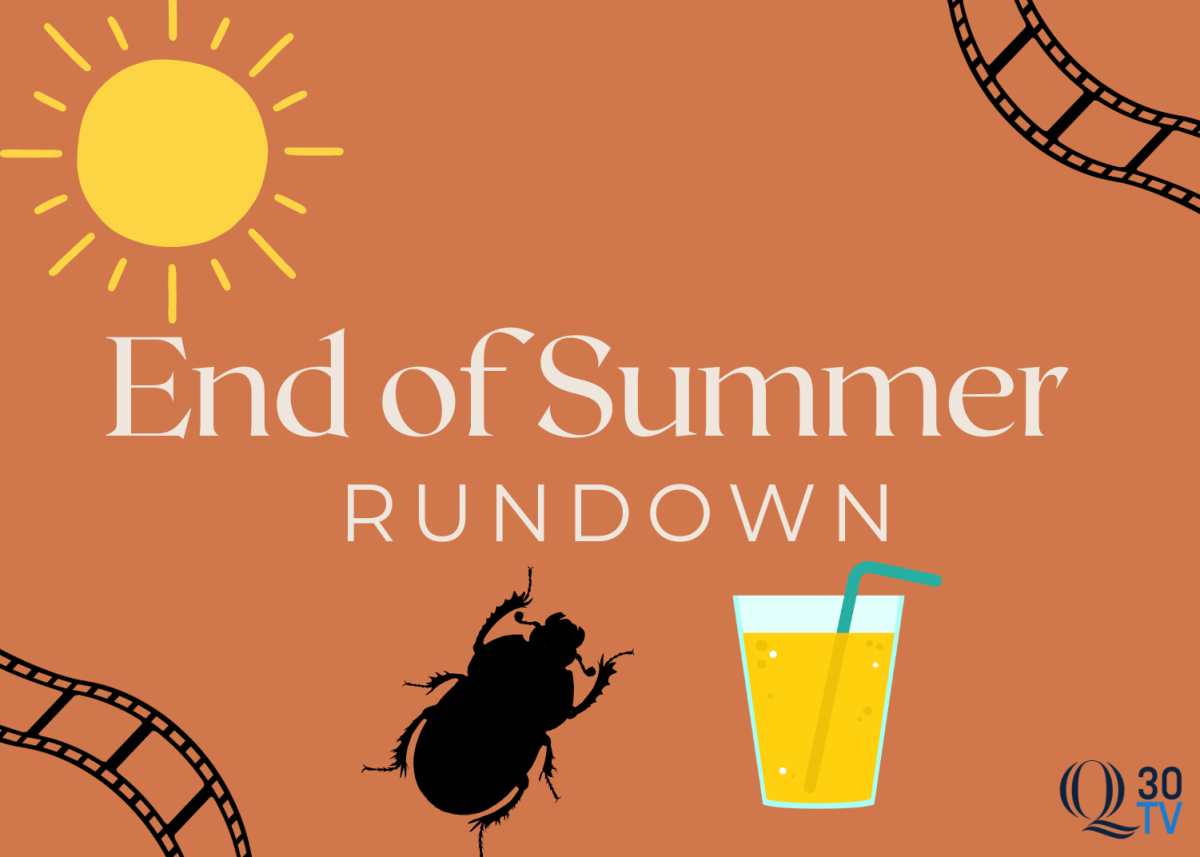Martin Scorsese is the greatest treasure that cinema has. A historian who preserves the history and integrity of the art of motion pictures—who’s now branched out to preserve important history that cannot be forgotten. “Killers of The Flower Moon” is another resounding achievement in Scorsese’s storied legacy; a sheer masterwork of filmmaking on every single level. Scorsese is continuing to innovate, telling a story that he’s clearly incredibly passionate about, from source material that’s just as potent. But like with any film, the director didn’t accomplish the final product alone, and it’s hard to find a filmmaker who attracts as much talent as Martin Scorsese.
“Killers of The Flower Moon” marks the first time that Martin Scorsese, Leonardo DiCaprio, and Robert De Niro have all collaborated on a feature film together—and goodness…was it dynamite. Leonardo DiCaprio embodies one of the darkest and most complex characters that he’s ever portrayed, showcasing an intense range of emotions that grips the audience immediately. Robert De Niro gives his best performance in decades, completely disappearing into the role of William Hale: the ultimate wolf in sheep’s clothing.
However, these two Scorsese mainstays are not alone. Lily Gladstone is powerful and resounding in her own right. A quiet, subtle force that strikes your heart like a lightning bolt. She’s the true hero of this picture; a woman who swims in a sea of evil. All three should and most likely will be up for awards once the season rolls around—which will be very deserved. Beyond the mesmerizing performances, Scorsese evokes his past with his characters to create his own version of intertextuality in his filmography.
Here comes a very strong SPOILER warning for anyone reading ahead. Repeat—SPOILER—warning.
When Ernest Burkhart, Leonardo Dicaprio’s character, gets… let’s just say “disciplined” by his uncle—it would be a lie to say that moment wasn’t reminiscent of Leo’s character William Costigan getting his broken hand beaten by Jack Nicholson’s Frank Costello in “The Departed.” From a certain point of view, Costigan and Costello and Burkhart and Hale have a similar dynamic: The old manipulating the young. Robert De Niro also feels his own wrath, as just like his character Jimmy Conway in “Goodfellas,” William Hale is testified against by someone that he loved and trusted. In “Goodfellas,” it was Henry Hill—in “Killers of The Flower Moon,” it was his nephew, Ernest Burkhart. Both testimony scenes even feature the witness pointing at the defendant. The framing of the scenes is also remarkably similar.
But Scorsese’s voice isn’t just heard through the moving images, it’s heard quite literally in the film, through one of the most profound cameos that I have ever seen in a film. Where Martin Scorsese reads Mollie Burkhart’s obituary, which is essentially what this whole film is all about: Telling Mollie’s truth and allowing that truth to endure.
“Killers of The Flower Moon” follows the usual “rise and fall” story structure as many other Scorsese movies—which has become the acclaimed director’s calling card of sorts. Except, Scorsese has something different to say with each film. And he certainly has something to say here.
Scorsese’s beating heart for this film, its story, and the culture of indigenous people is remarkably soulful. Creating a (fitting for October) haunting story full of dread and pain.
He adapts David Grann’s novel with the utmost respect and creates a technical marvel that makes your eyes pop. Rodrigo Prieto’s cinematography is absolutely gorgeous, continuing his incredible one-year run. Prieto also shot “Barbie,” which has a totally different style, feel, color palette, and method of filming than “Killers,” yet fits the respective visions of both Greta Gerwig and Martin Scorsese perfectly. Rodrigo Prieto has range for days and is making a name for himself by crafting films that are absolute visual feasts.
Scorsese fills the frame with so much activity, energy, and life. The film feels like a time capsule for a time, place, and people that feels as authentic as it feels lived-in.
The only complaint that I could have for this film—which can be considered large in nature…is the opinion that it may have been better served as a mini-series. Editor Thelma Schoonmaker does an incredible job pacing “Killers,” who’s as much of a Scorsese-lifer as anyone involved in this film. She’s now edited twenty-one of Scorsese’s twenty-six feature films, a partnership with the director that dates back five decades. Scorsese movies wouldn’t be the same without her magic touch deciding what goes on the cutting room floor. However, there are just so many characters, crimes, and names that deserve more coverage than the film could provide, even with its humongous run-time. I had a similar feeling towards Scorsese’s 2019 picture “The Irishman,” that I felt deserved more breathing room for its long-spanning story. However, Martin Scorsese needs the theater experience like he needs air. So I cannot blame him for wanting the stories near and dear to him to be shown on the big screen because people will always flock out for the master of this art form.
Even though there’s so much content to steal your attention away right now—from Taylor Swift to “Spider-Man”—if you can, please make it your priority to see “Killers of The Flower Moon” on the biggest screen possible. The films of cinema’s best directors should always feel like an event, and this picture is no different. To be able to experience a Martin Scorsese movie with this much weight and importance behind it and with so much talent surrounding it feels like an absolute privilege, and it’s one that people should take advantage of. Because “Killers of The Flower Moon” is history, as much as it is cinema.



